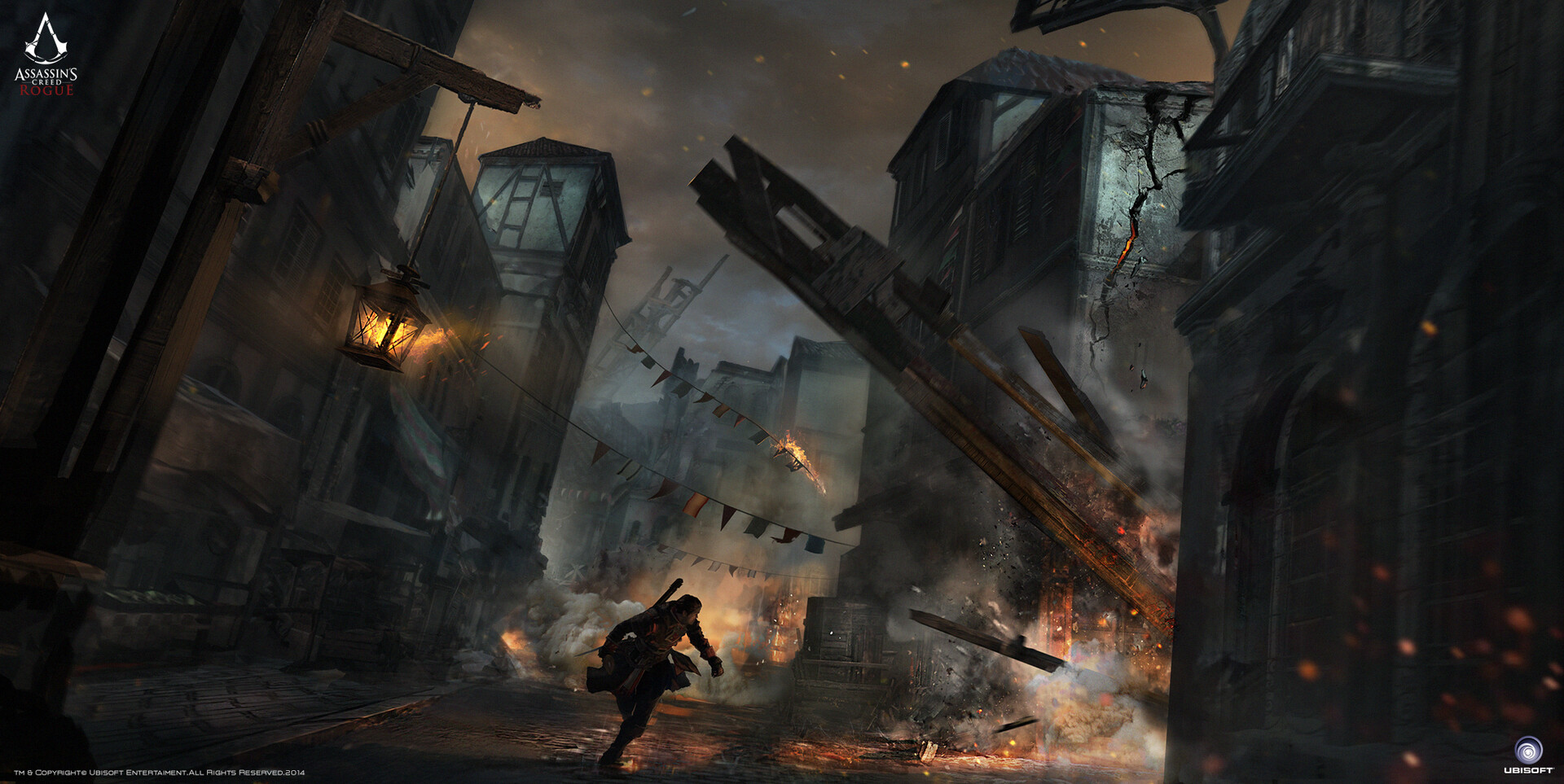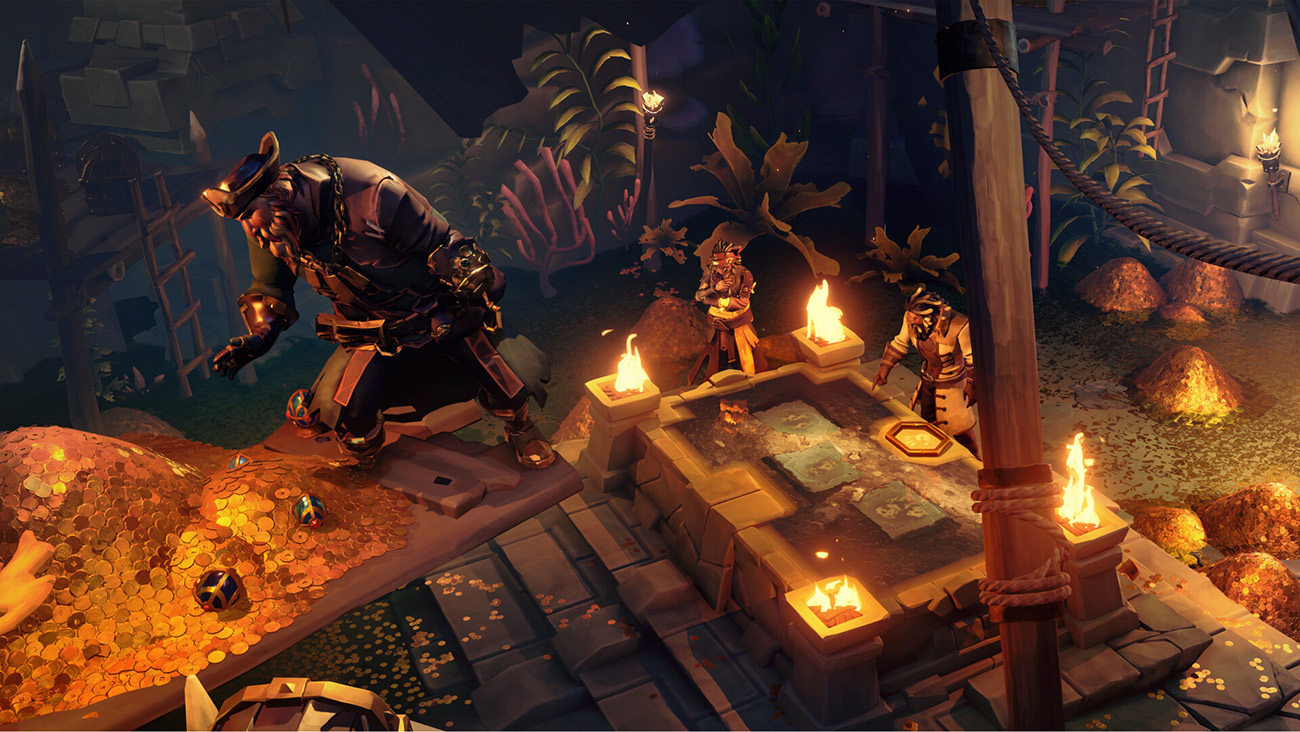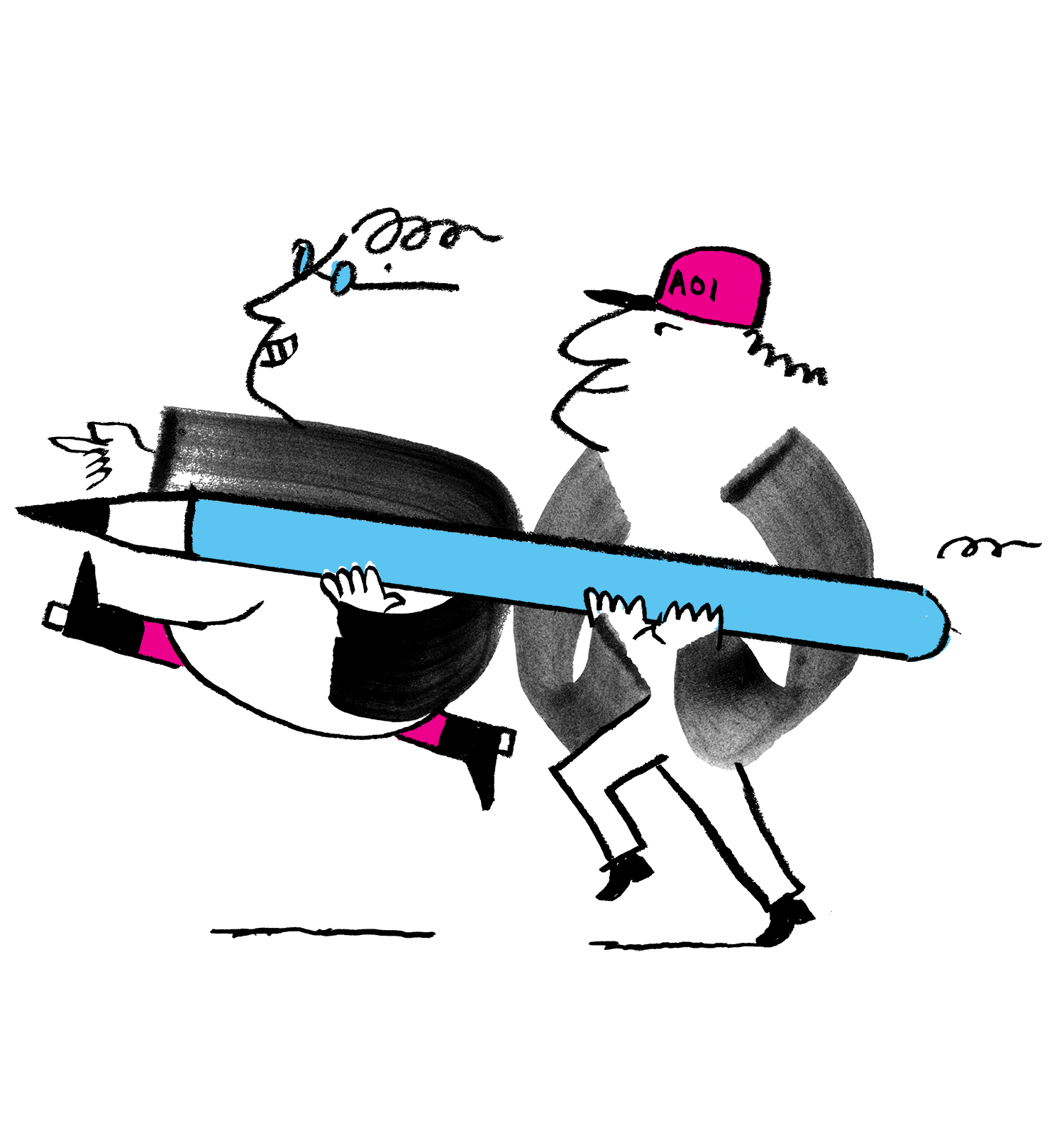Indie vs. Triple-A games - insights into the gaming industry
The gaming industry is big business across AAA and Indie games, and working on the visuals side offers roles that range from the highly specialised to ones that allow for more creative freedom. Dr Alina Potemska, researcher and lecturer in games art speaks to Yaroslav Odnorogov and Rich Harper about critical thinking, specialisation, software and where to start.

When we talk of video games, many might think of The Witcher, The Last of Us, or Cyberpunk 2077, which are all examples of AAA production. The Triple-A label is used for games developed in large studios with high budgets, high-fidelity production values, and significant marketing. At the same time there is a blossoming indie games sector which publishes independently developed games, usually made by small teams or individuals without major publisher funding. They often focus on creativity and unique mechanics, allowing experimental, creative expression, which is almost unthinkable in big corporations.
The gaming industry has become a phenomenon, with the attractive number of one third of the population playing games, with over 3.3 billion players worldwide. In 2023, it generated a record $184 billion in revenue, surpassing earnings of the film and music industries combined. As technology advances with AI, cloud gaming, and subscription services, the industry is projected to hit $200 billion by 2025. Despite the industry's growth, the gaming sector is facing similar challenges to much of the entertainment industries, with some studios closing and game projects being cancelled.
However, in 2024, the indie game market achieved significant milestones, with indie games representing 58% of releases compared to 42% for AAA and AA games, particularly on popular platforms like Steam.

To dive into the realities between both worlds, and for illustrators looking to transition into the gaming industry and explore potential niches, we?ve had a wider conversion with Art Director, Yaroslav Odnorogov, and Principal Technical Artist, Rich Harper, discussing their insights into the industry and what artists should be aware of.
Yaroslav Odnorogov, an Art Director at Splash Damage with over a decade of experience in games, film, and production design, has led creative direction and concept development for AAA and indie titles. Splash Damage is a British studio known for multiplayer FPS games, publishing Gears Tactics and Halo: The Master Chief Collection. Recently, they announced Project Astrid, a AAA open-world survival game.
Rich Harper is Principal Technical Artist at Rare / Xbox / Microsoft and is currently developing

